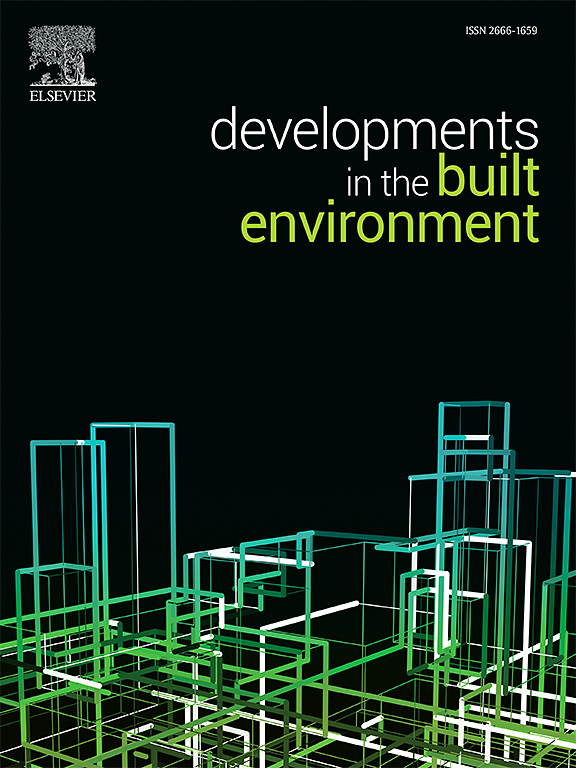Engineering and sustainability performance of geopolymer concrete blended with sodium silicate effluent
IF 8.2
2区 工程技术
Q1 CONSTRUCTION & BUILDING TECHNOLOGY
引用次数: 0
Abstract
Geopolymer concrete (GPC), is found to be one of the suitable alternatives, which reduces the carbon emission due to utilization industrial by-products. Due to over use of conventional filler materials, there exists a demand. Therefore, conventional coarse aggregate was substituted with sodium silicate effluent (SSE). The SSE was employed in the range from 0 % to 50 %; to examine the engineering performance of GPC. Increasing the dose of SSE decreases the slump from 75 mm to 60 mm for the concrete with 50 % SSE, and also decreases the strength from 36 MPa (concrete with 0 % SSE) to 17 MPa (concrete with 50 % SSE). The GPC samples with and without SSE were immersed in acid and salt solutions; the acid used in the present study was sulfuric acid (H2SO4) and nitric acid (HNO3). The salts employed for the study were magnesium sulfate (MgSO4) and sodium chloride (NaCl). Approximately, 43 % of the original concrete (0 % SSE) strength was degraded after 360-d of H2SO4 immersion, whereas 50 % SSE shows a loss of 71 %. For HNO3 immersion, the loss was found to be 40.8 % for 0 % SSE mix and 55 % for 50 % SSE mix. 35 % and 42 % loss in strength was observed for the concrete with 0 % and 50 % SSE after exposed to MgSO4 solution, and 25–35 % loss was seen for the mix with and without SSE.
水玻璃废水掺合地聚合物混凝土的工程与可持续性能
地聚合物混凝土(GPC)利用工业副产品减少了碳排放,是一种合适的替代材料。由于常规填充材料的过度使用,存在需求。因此,采用硅酸钠废水代替常规粗骨料。上交所在0%至50%的范围内被采用;检验GPC的工程性能。SSE掺量的增加使SSE掺量为50%的混凝土坍落度从75 mm降低到60 mm,强度从36 MPa(掺量为0%的混凝土)降低到17 MPa(掺量为50%的混凝土)。加SSE和不加SSE的GPC样品分别浸泡在酸溶液和盐溶液中;本研究使用的酸为硫酸(H2SO4)和硝酸(HNO3)。研究中使用的盐是硫酸镁(MgSO4)和氯化钠(NaCl)。在H2SO4浸泡360天后,大约43%的原始混凝土(0% SSE)强度下降,而50% SSE的强度损失为71%。对于HNO3浸泡,0% SSE混合物的损失为40.8%,50% SSE混合物的损失为55%。在MgSO4溶液中,掺入0和50% SSE的混凝土强度损失分别为35%和42%,掺入和不掺入SSE的混凝土强度损失分别为25 - 35%。
本文章由计算机程序翻译,如有差异,请以英文原文为准。
求助全文
约1分钟内获得全文
求助全文
来源期刊

Developments in the Built Environment
Multiple-
CiteScore
7.40
自引率
1.20%
发文量
31
审稿时长
22 days
期刊介绍:
Developments in the Built Environment (DIBE) is a recently established peer-reviewed gold open access journal, ensuring that all accepted articles are permanently and freely accessible. Focused on civil engineering and the built environment, DIBE publishes original papers and short communications. Encompassing topics such as construction materials and building sustainability, the journal adopts a holistic approach with the aim of benefiting the community.
 求助内容:
求助内容: 应助结果提醒方式:
应助结果提醒方式:


